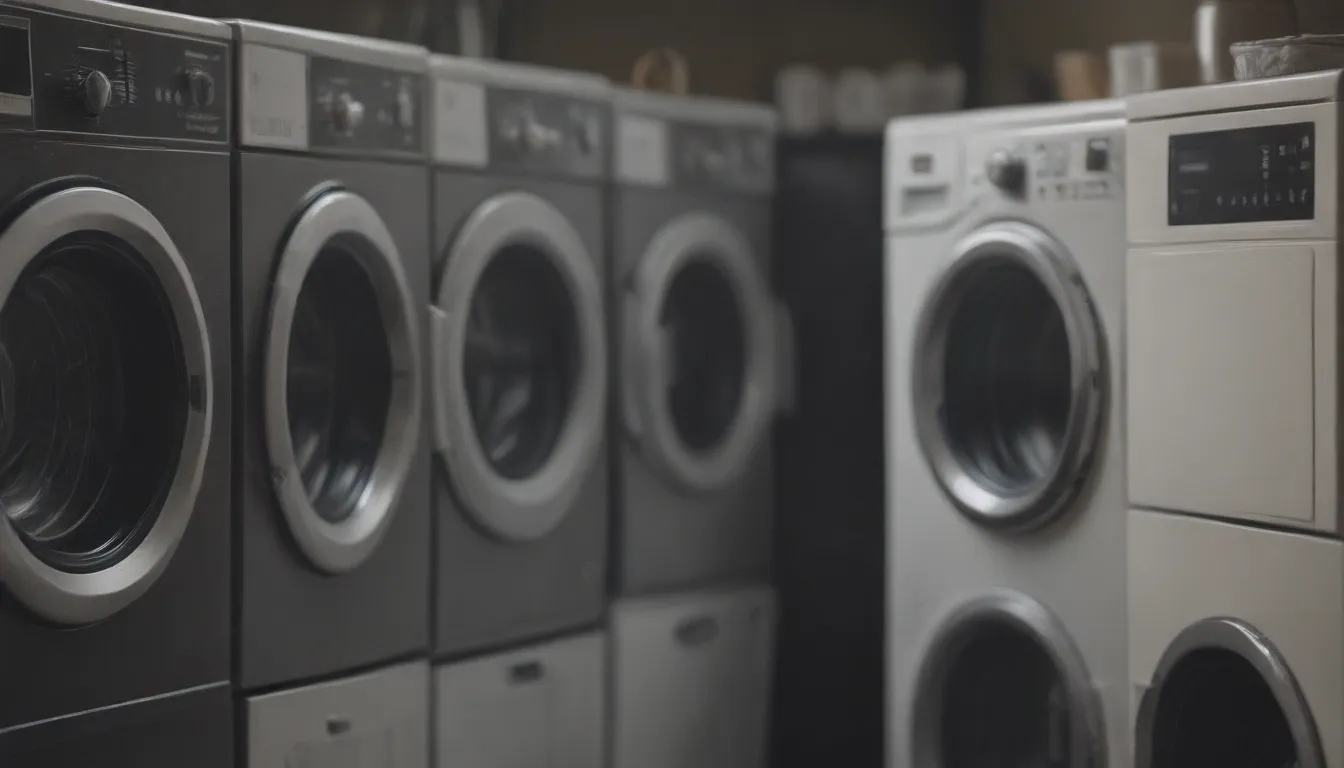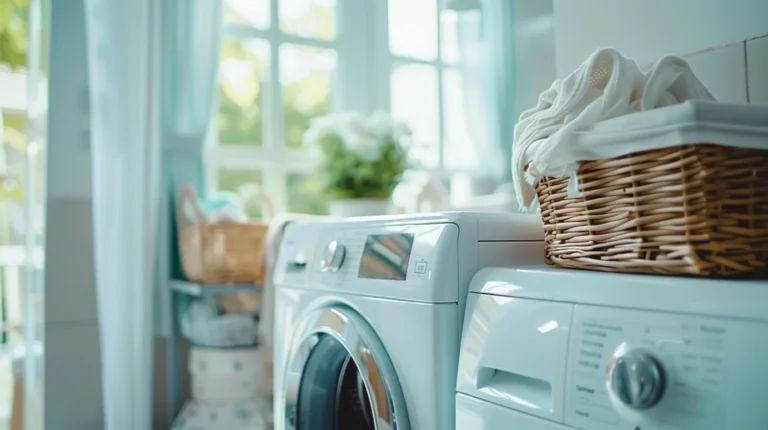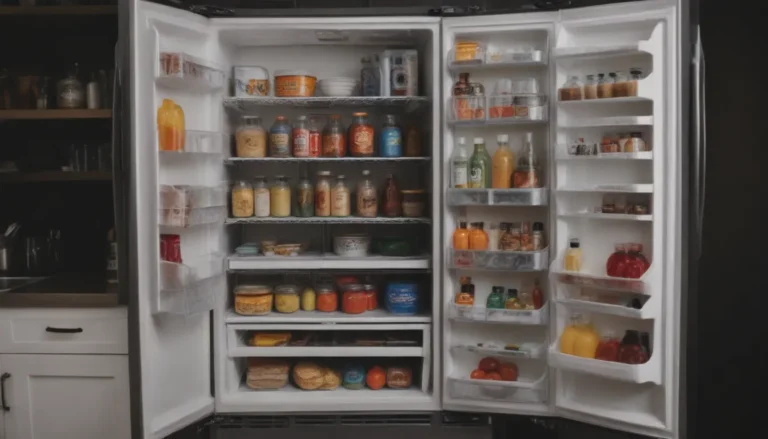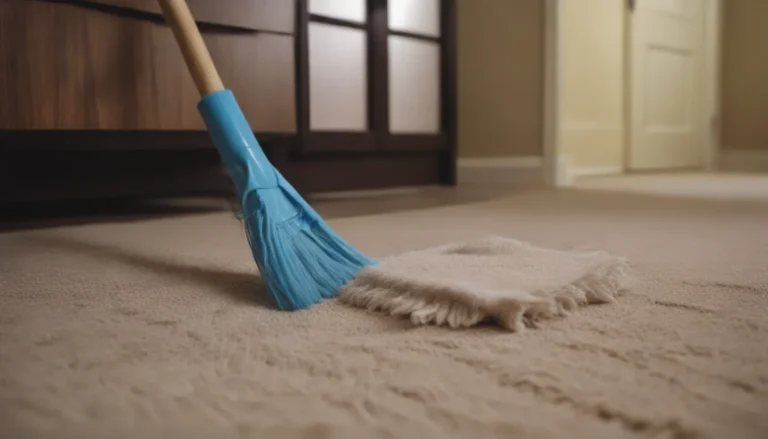Top Load vs. Front Load Washer: Which Type Is Best For You?

Are you in the market for a new washing machine but can’t decide between a top-load or front-load washer? With so many options available, it can be overwhelming to make a decision. But fear not, we’re here to break down the pros and cons of each type to help you make an informed choice that best suits your needs and preferences.
Overview of Front-Load Washers
Let’s start by taking a closer look at front-load washers. These machines have a drum that rotates horizontally to clean laundry using a tumbling motion. The dirty laundry is loaded through a door on the front that swings open to the side. This design makes front-load washers user-friendly for those in a wheelchair, individuals with short stature, or anyone who needs to be seated while doing laundry. However, if you’re of average height and standing, you may find that using a front-load washer requires bending over to load and unload, similar to a dryer.
Pros of a Front-Load Washer:
– User-friendly for individuals with mobility issues
– Energy efficient
– Improved cleaning performance
Cons of a Front-Load Washer:
– Higher initial cost
– More maintenance required
– Can be challenging to add forgotten items once the wash cycle has started
Overview of Top-Load Washers
Now, let’s shift our focus to top-load washers. There are two types of top-load washers: the standard top-loader with a center agitator in the vertical drum and the high-efficiency model that has a disc agitator or impeller at the bottom of the drum. Top-load washers have a large door on top that rises and remains in a near-vertical position while the user adds or removes clothing. These machines are easy to load and unload for most users due to the waist-height opening. However, individuals with shorter stature or those confined to a wheelchair may find top-load washers more challenging to use.
Pros of a Top-Load Washer:
– Easier to load and unload
– Lower initial cost
– Can add items during the wash cycle
Cons of a Top-Load Washer:
– Less energy-efficient
– More wear and tear on clothing
– May require additional maintenance over time
Top-Load vs. Front-Load Washer: Major Differences
Appearance and Installation
- Top-load washers have a sleeker look due to their lack of a large front door.
- Front-load washers can be stacked with a dryer to save space in small laundry rooms.
Cleaning Power and Wear and Tear on Clothing
- Top-load washers use agitation to clean clothes, while front-load washers rely on tumbling to remove dirt and stains.
- Front-load washers are gentler on clothing and provide a better cleaning performance.
Repair and Maintenance
- Top-load washers are easier to repair and maintain compared to front-load washers.
- Front-load washers may require more frequent cleanings and professional repairs.
Water and Energy Use
- High-efficiency top-load and front-load washers are more energy-efficient and use less water than standard top-load washers.
- Look for the blue ENERGY STAR label when purchasing a washer to ensure it is energy-efficient.
Purchase Cost
- Front-load washers are typically more expensive to purchase than top-load washers.
- Consider the purchase and operating costs when deciding on a washer that fits your budget.
Lifespan
- Standard top-load washers have a longer lifespan compared to high-efficiency front-load or top-load washers.
- Front-load washers may require higher repair costs due to their advanced features and wash cycles.
The Final Verdict
In conclusion, both top-load and front-load washers have their advantages and disadvantages. The decision ultimately comes down to your personal preferences, budget, and laundry room space. Front-load washers may have a higher initial cost and require more maintenance, but they offer better cleaning performance and are more energy-efficient. On the other hand, top-load washers are more budget-friendly and easier to repair, but may cause more wear and tear on clothing.
Remember, when choosing a washer, consider factors such as water and energy efficiency, cleaning power, maintenance requirements, and overall cost. By weighing these factors and understanding the differences between top-load and front-load washers, you can make an informed decision that best suits your needs. Happy washing!





